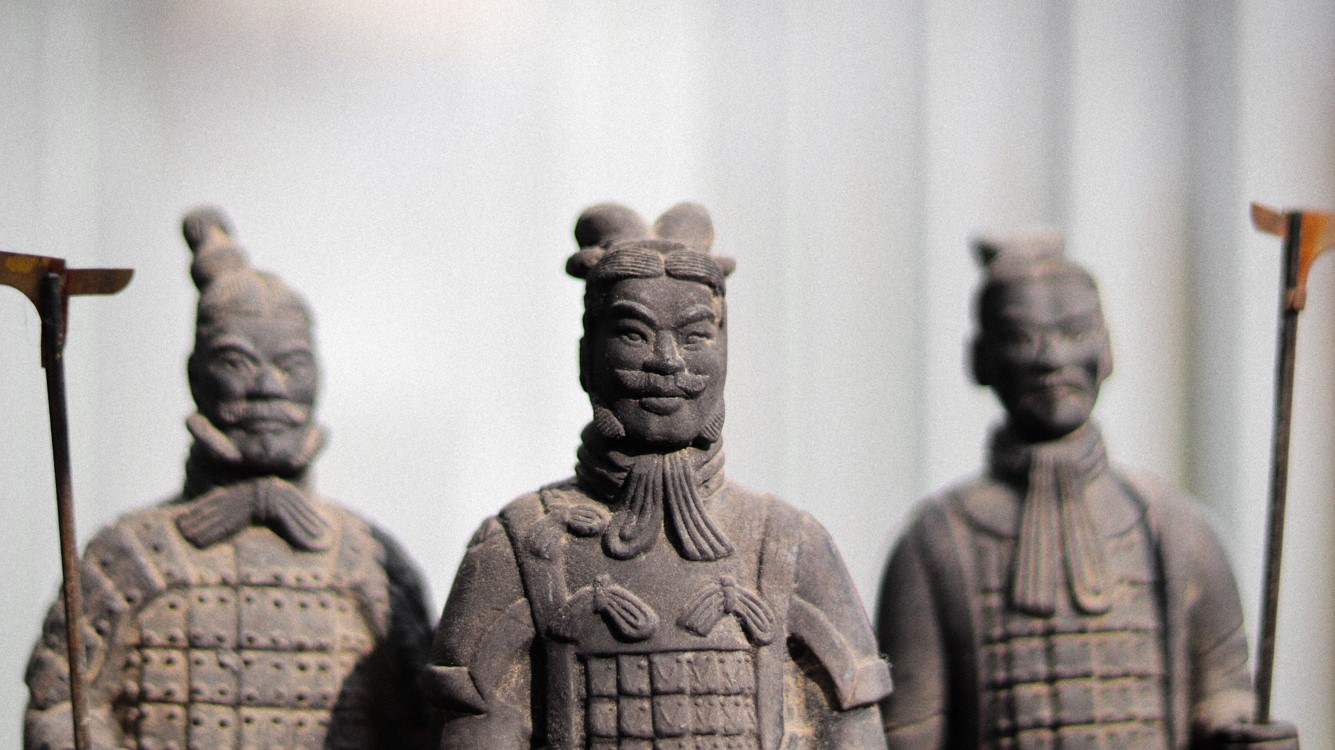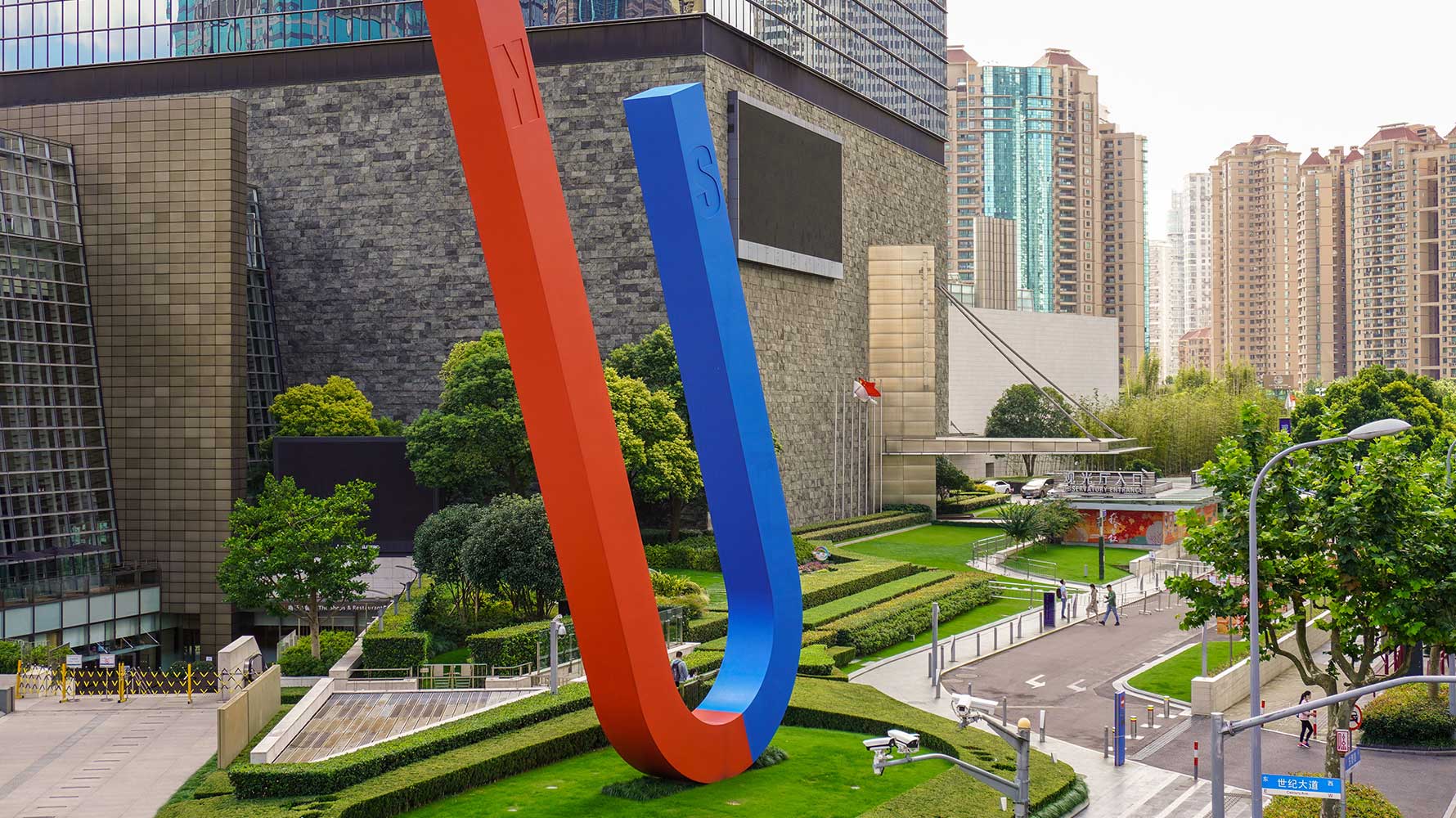A former global sales leader, I have long been inspired by ancient tome The Art of War by Chinese philosopher and military general Sun Tzu. I lived in the Asia Pacific region for many years, and the influence of Chinese writers and philosophers made even more of impact on me. Sun Tzu’s philosophies are still frequently referenced, not least in relation to business strategy and management.
In my new role as CWT’s Global Head of Retention, I wanted to see whether Sun Tzu has anything useful to apply to the art of retaining clients. As it turns out, we can apply many of his ideas to our customer retention activities.
Retention requires planning, strategy and setting a future vision, not unlike military strategy. Before I draw similarities between Sun Tzu’s Art of War and the art of retention, let’s look at how our client relationships have already changed, and how it is harder to retain customers in today’s world.
In our new world we are already seeing changes to relationship-orientated contract management and escalation processes. Some customers are looking to re-evaluate or renegotiate their contracts. We see more requests for dynamic pricing and flexible financial modelling which in turn changes the need for contract performance management and it resets the goalpost on service expectation and delivery.
Expectations will evolve around travel disruption, destination info, on-trip support, security, and post-trip feedback. This allows for new opportunities for TMCs and could move us toward more traveller-centric performance metrics. We are seeing demand for more traveller centric performance reporting, traveller specific service level agreements (SLAs) and compliance reporting. All this adds complexity to managed travel. And these ‘new’ elements in corporate travel give us opportunities to enhance our customer relationship and challenges the status quo within our existing client relationships, yet at the same time makes it more difficult to retain clients as our customer expect us to be agile, flexible and intelligent.
“Every battle is won before it is ever fought.” - Sun Tzu
In a recent survey, 88% of buyers said that contract performance has an impact on their decision about whether the incumbent keeps the business. Having the customer on your side when the retention process starts can have a hugely positive impact. What are you doing during the contract process to make sure your customer is on your side and actively wants you to be the contractor for the next contract period before the RFP process even starts? At CWT we start execution of a customer’s retention strategy before the ink on the contract is dry; and our activities ramp up at least 24 months before the contract is up for renewal. This is the best way to be well-positioned and prepared to retain customers.
“The victorious strategist only seeks battle after the victory is won” - Sun Tzu
Start by putting in place a strategy to ensure that by the time your proposal is due you have put yourself in a position to win. Your customer will be preparing for months prior to the official start of the retention process. They will be making decisions about whether to go out to bid, whether to extend the contract, what their aims for the next contract are, what the scope and breadth of the next contract will be, what the specifications look like, what procurement format they will use, and how (and by whom) the proposal will be evaluated. If you have put the right team in place to implement a plan to ensure you get early knowledge - and if possible, participation in, or influence on - these decisions, you will already have secured yourself a lot of the elements that will help you retain – before the process starts. Client ideation sessions, or workshops, help us identify and pre-empt our customers' needs now and in the future.
“Whether in an advantageous position or a disadvantageous one, the opposite state should be always present to your mind.” - Sun Tzu
As the incumbent you should be in an advantageous position. But perhaps the most common complaint from buyers is that they see incumbents as complacent (or arrogant) in how they approach the retention process.
Approach client retention as though you are trying to win the contract for the very first time, and as though you are not the favourite to win and need to pull out all the stops to achieve victory. That will come through in how you prepare, who you put in charge of your retention and what resources and attention your customer gets from senior management, how you approach your solution, and how you write the proposal. Assuming that your victory will be easy is one of the most common catalysts for losing a client.
It’s important to closely evaluate your strengths and weaknesses. How did you perform on the contract, and what from that performance can you use in the retention process to best effect? If there are issues on the contract you need to understand these. What impact did they have on the customer, how did you resolve them, can you use the learning from these issues to inform your new solution? And can you turn the problem around to show that by quickly resolving the issue, you have shown a proactive and flexible approach to anticipate potential problems that your competitors may not have.
By focusing on long-term strategy, anticipating clients’ needs and not taking a single contract for granted, the principles of the art of retention are just as relevant today as on the battlefield of Sun Tzu’s ancient China.



